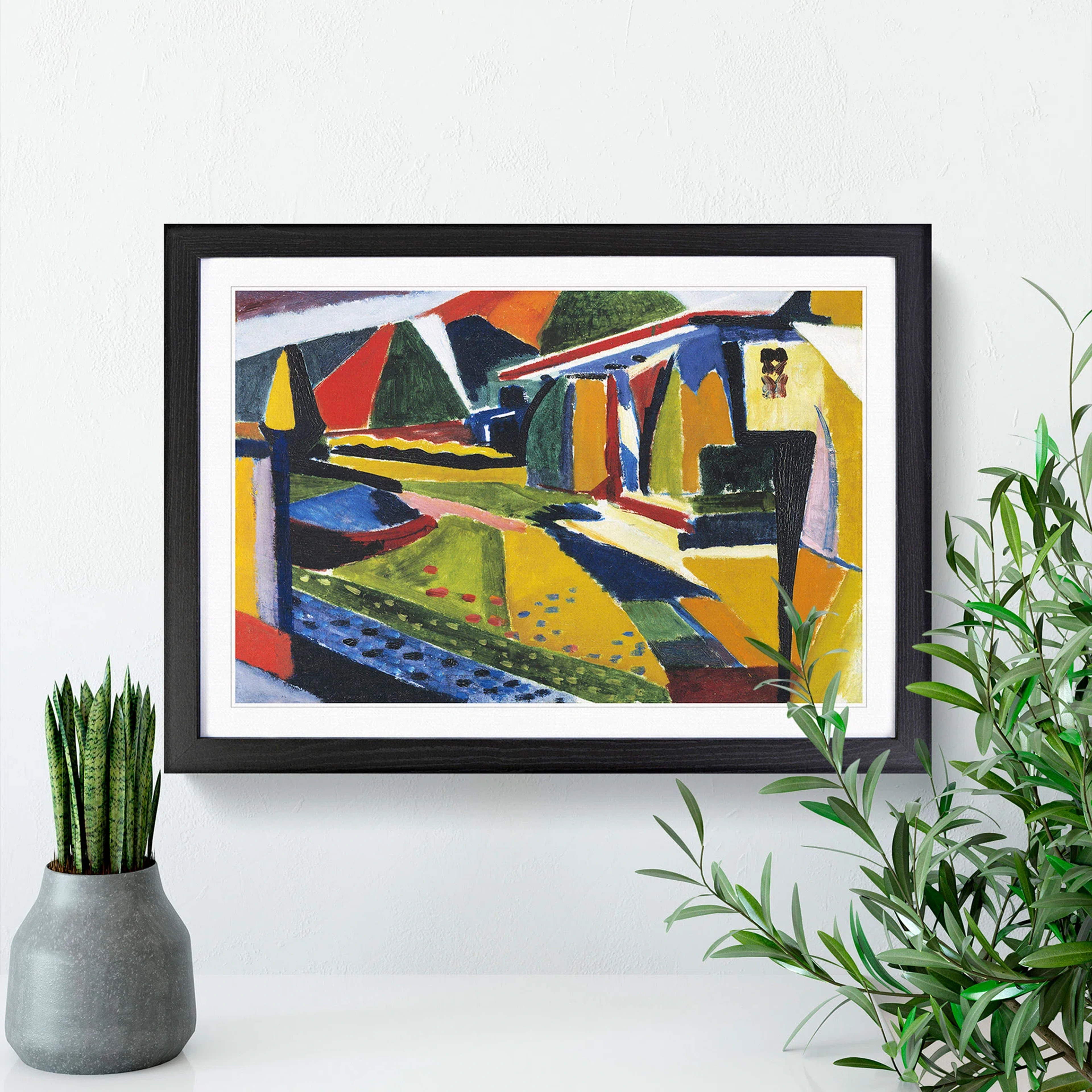
Visiting Art Fairs: Your Essential (and Slightly Less Overwhelming) Guide
Feeling overwhelmed by art fairs? This expanded guide shares personal insights, practical tips, and insider advice on navigating fairs, discovering art you love, talking to galleries, understanding prices, and making confident purchases, even if you're a beginner.
Visiting Art Fairs: Your Essential (and Slightly Less Overwhelming) Guide for Buyers
Okay, let's talk art fairs. They're these massive, buzzing hubs of creativity – think of them as a speed-dating event for art lovers and galleries. You get this incredible chance to see a whirlwind of art from countless artists, all conveniently crammed under one roof. Sounds amazing, right? It absolutely can be. But let's be honest, they can also feel like navigating a particularly stylish labyrinth while simultaneously trying to make potentially significant financial decisions. Overwhelming is an understatement sometimes. I remember one fair, years ago, standing in the middle of a vast hall, surrounded by thousands of artworks and hundreds of booths, feeling a genuine wave of panic wash over me. My feet already ached, my eyes were buzzing from the visual noise, and I had absolutely no idea where to start or even what I was really looking for. It felt less like an exciting treasure hunt and more like being dropped into a very chic, very expensive maze with no map.
I've been there – the aching feet, the visual overload, the slight panic when a gallerist makes eye contact. But fear not! With a bit of prep and the right mindset, you can conquer the fair, discover pieces you genuinely connect with, and maybe even bring something home without having a complete meltdown. This guide is here to help you do just that, whether you're a seasoned collector or just dipping your toes into the art buying world for the first time.
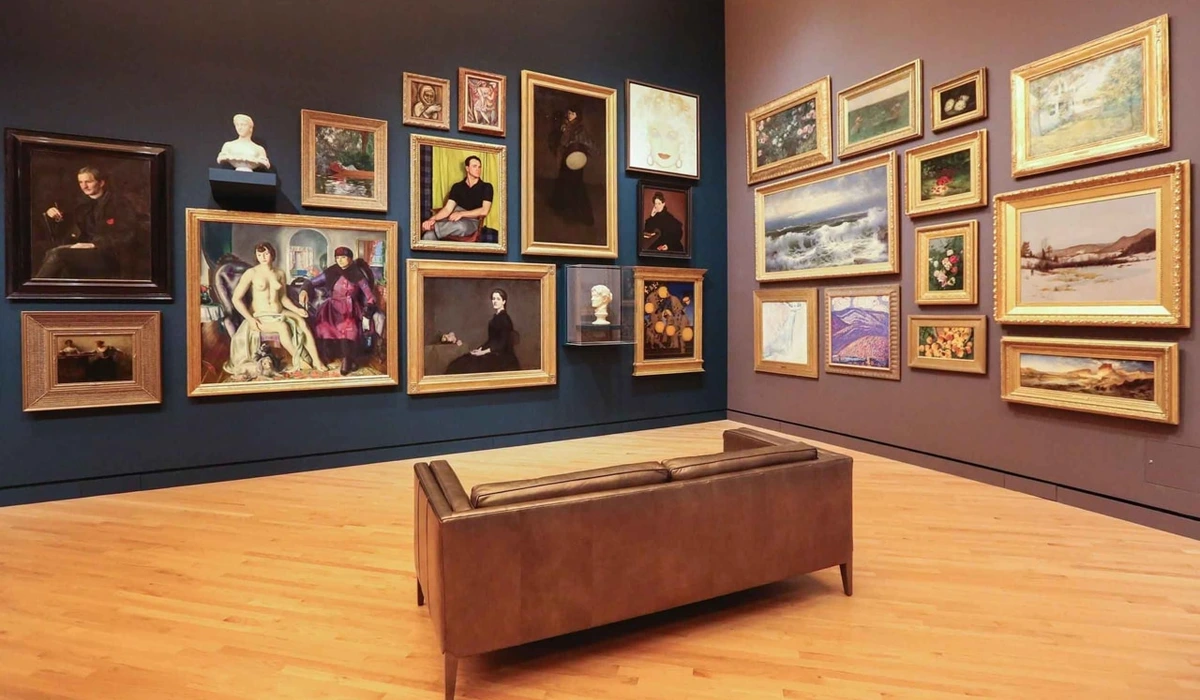
Why Bother with Art Fairs Anyway?
Before we dive into the nitty-gritty, why even subject yourself to the potential chaos? What makes the sore feet and buzzing brain worth it?
- Discovery Engine: Fairs are unparalleled for discovering new artists, especially emerging artists you might not encounter otherwise. It's a fantastic way to gauge current trends and see what excites the art world. You might just stumble upon the next big thing (or, more importantly, something you personally adore). Finding those hidden gems is part of the thrill – almost like finding that perfect unique piece in an online collection.
- Concentrated Viewing: Seeing so much art in one place helps you refine your taste. What styles, mediums, or themes consistently draw you in? You learn a lot about your own preferences quickly. You can compare works side-by-side in a way that's impossible online or through isolated gallery visits.
- Direct Access: You get to talk directly to the galleries representing the artists. This interaction can provide invaluable context about the work and the artist's practice. Sometimes, you might even meet the artist themselves! I've had some truly memorable conversations that completely changed my perspective on a piece or an artist's career.
- Learning Opportunity: Even if you don't buy, fairs are educational. You'll see a vast range of quality, pricing, and presentation. Listen to conversations, ask questions – it's a crash course in the contemporary art market. Perhaps it inspires you to learn more about understanding art prices or even art as an investment.
- The Atmosphere: Beyond the art itself, there's an undeniable energy. It's a social event, a cultural spectacle. The buzz of conversation, the curated booths, the sheer volume of creativity packed into one space – it's an experience that simply can't be replicated by scrolling online or visiting a quiet gallery. It's a chance to feel the pulse of the art world, even if you're just observing.
1. Before You Stride In: The Art of Preparation
Success at an art fair often starts before you even step through the door. Think of it as preparing for a marathon, but with more abstract concepts and potentially less lycra. A little planning goes a long, long way in turning potential chaos into a manageable, even enjoyable, experience.
- Know Thy Fair (and its Type): Not all fairs are created equal. Is it focused on contemporary art, modern masters, photography, prints, or design? Check the fair's website. Who are the exhibiting galleries? Look at their rosters online. Does the fair have a specific curatorial theme? Download the map and circle the booths that pique your interest. It saves aimless wandering later.It's also helpful to understand the type of fair you're attending. Major international fairs (like Art Basel or Frieze) are vast, high-stakes events with top-tier galleries and collectors. Satellite fairs often pop up alongside these, showcasing younger galleries and emerging artists at more accessible price points. Then there are smaller, local fairs focused on regional talent. Your expectations, budget, and navigation strategy should shift depending on whether you're entering the art world's equivalent of the Olympics or a vibrant local market.
- Define (Loosely) Your Mission: Are you hunting for a specific artist or style? Maybe exploring emerging artists within a certain medium? Or are you purely on a voyage of discovery? Having some idea helps focus your energy, but don't be so rigid you miss unexpected treasures. Need help defining your style? Check out our guide on how to define your personal art style and taste.
- Budget Wisely (and Realistically): This is crucial. Decide on your spending limit before you get swept up in the moment. Remember hidden costs: VAT/sales tax, potential framing (our framing guide can help here), and especially shipping and insurance. Knowing how much original art can cost can help set realistic expectations. If you're on a tighter budget, our guide on starting an art collection on a budget has some great tips.
- Preview Power & Timing: If you can swing preview day or VIP access, do it. Fewer crowds mean better viewing, easier conversations with gallerists, and first dibs on sought-after pieces. If attending during public hours, consider going early on the first day for the best selection or later on the last day when galleries might be more open to negotiation (more on that later).
- Dress Code: Comfort is King (or Queen): Seriously. You will walk miles. Stylish but comfortable shoes are non-negotiable. Layers are also smart – fairs can fluctuate between sauna-hot and arctic-cold. Think chic museum-goer, not nightclub attire (unless it's a very specific art fair party, maybe).
- Pack Smart: Phone (fully charged!), portable charger, notebook and pen (or a notes app), business cards (if you're networking), and maybe a tote bag for catalogues (though try to be selective).
2. Navigating the Maze: During the Fair
Alright, you're in. Take a deep breath. It's going to be stimulating. The noise level might be higher than you expected, the sheer volume of visual information hitting you all at once can be intense, and you might feel a sudden urge to buy something, anything, just to feel like you're participating. Resist that urge for a moment.
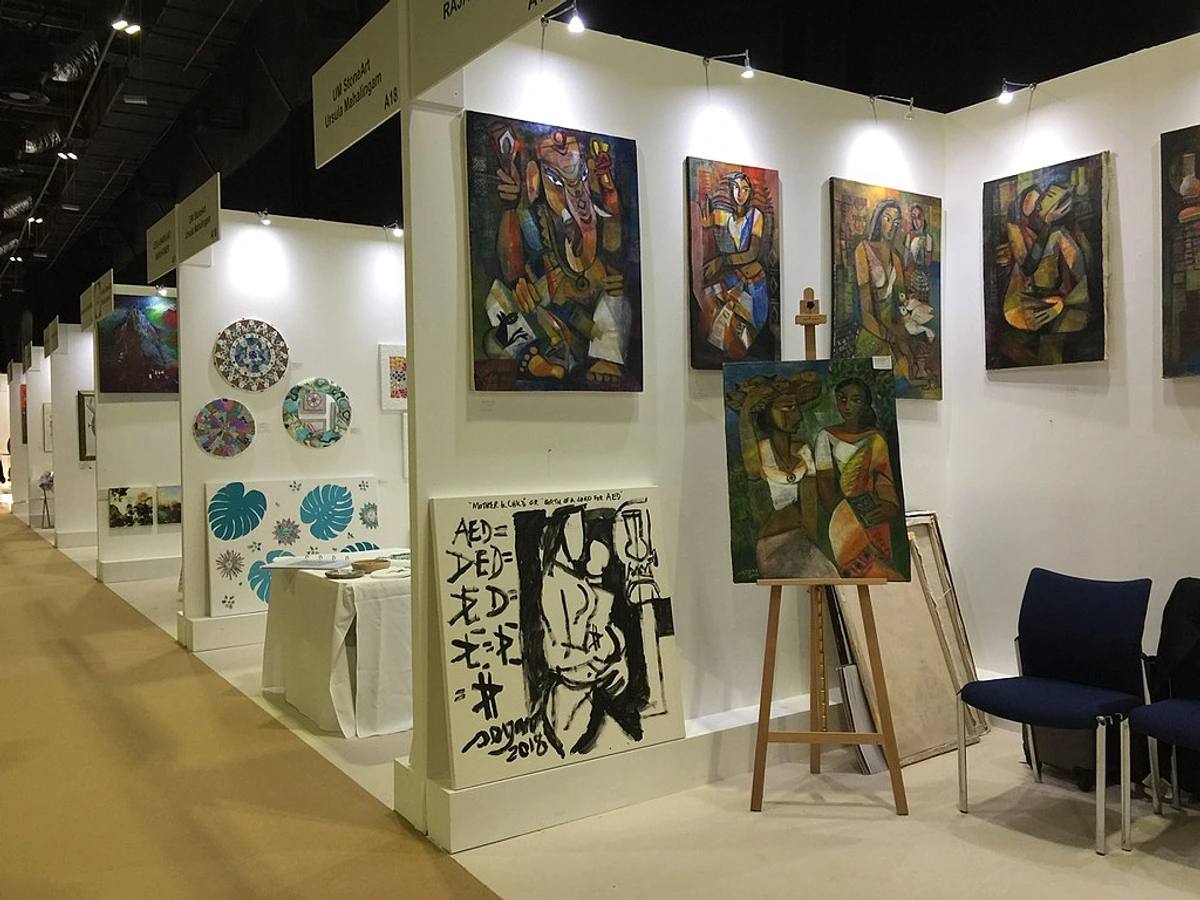
- The Initial Sweep: Do a brisk walkthrough first. Get the lay of the land. Don't stop at every booth immediately unless something truly grabs you. Note down booth numbers that look promising for a second look. This helps avoid sensory overload early on. I often find myself drawn to a particular color or shape from across an aisle – jotting down that booth number lets me come back later when my brain isn't quite so full.
- Document Your Discoveries: See something you like? Snap a photo (ask permission first if getting very close or detailed – see Etiquette below!). Note the artist's name, title of the work, gallery name and booth number, dimensions, medium, and listed price. Trust me, you will forget later. Use a dedicated notes app or a physical notebook. I've lost track of countless pieces I loved because I didn't write down the booth number in the moment. Learn from my mistakes!
- Engage, Don't Just Gaze: Gallerists are there to talk! Don't be intimidated. Introduce yourself (a simple "Hi, I'm enjoying your booth" works). Ask questions: "Can you tell me more about this artist's background?" "What's the concept behind this piece?" "Is this typical of their work?" They appreciate genuine interest. Building rapport can be helpful if you decide to purchase. Not sure what to ask? Our guide with 10 questions to ask before buying art might help.Pay attention not just to how they talk to you, but how they interact with others. Are they welcoming? Engaged? Or do they seem dismissive? This can give you a feel for the gallery's overall approachability and whether you feel comfortable potentially doing business with them.
- Look Closer: If a piece catches your eye, really examine it. Look at the technique, the materials, the condition (especially for secondary market works). Don't be afraid to ask the gallery staff if you have specific questions about its physical state.What you look for depends on the medium. For paintings, examine the brushwork, the texture of the paint, the edges of the canvas. For prints, check the quality of the paper, the crispness of the lines, and the edition number. For sculpture, look at the material, the finish, and how it occupies space. These details can tell you a lot about the artist's skill and the work's quality.
- Pace Yourself & Take Breaks: Art fatigue is real. Schedule breaks. Grab a coffee, sit down, process what you've seen. Revisit booths that stuck in your mind. Rushing leads to overwhelmed decisions or missed opportunities. Sometimes, stepping outside for five minutes or just finding a quiet corner to sit and look through your notes can reset your brain.
- Digital Tools: Many fairs have apps with maps, exhibitor lists, and sometimes even artwork previews. Use them! Platforms like Artsy often feature online previews of fairs too.
Essential Art Fair Etiquette
Navigating the social dynamics is part of the experience. It's not about being stuffy; it's about being respectful of the art, the artists, and the people working there.
- Ask Before Photographing Up Close: While general booth shots are usually fine, ask permission before taking detailed photos of specific artworks, especially if the gallerist is present. It's just polite.
- Don't Touch the Art: Obvious, but crucial. Your hands have oils that can damage surfaces. Keep a respectful distance. This applies to sculptures too, unless there's a clear sign indicating it's interactive.
- Be Mindful of Crowds: Don't monopolize a gallerist's time if others are waiting, especially during busy periods. Be patient. Don't block walkways or views unnecessarily. It's a shared space, even if it feels like a free-for-all sometimes.
- Engage Respectfully: Even if a work isn't to your taste, avoid loud negative critiques within earshot of the gallery staff. If you engage, be polite and genuinely curious.
- Food and Drink: Consume these in designated areas. Spills are disastrous near valuable art.
- Children and Bags: Keep a close eye on children and be mindful of large bags or backpacks to avoid accidentally bumping into artworks or people. Navigating a fair with family requires extra vigilance – maybe take turns watching the kids while the other browses, or stick to less crowded times.
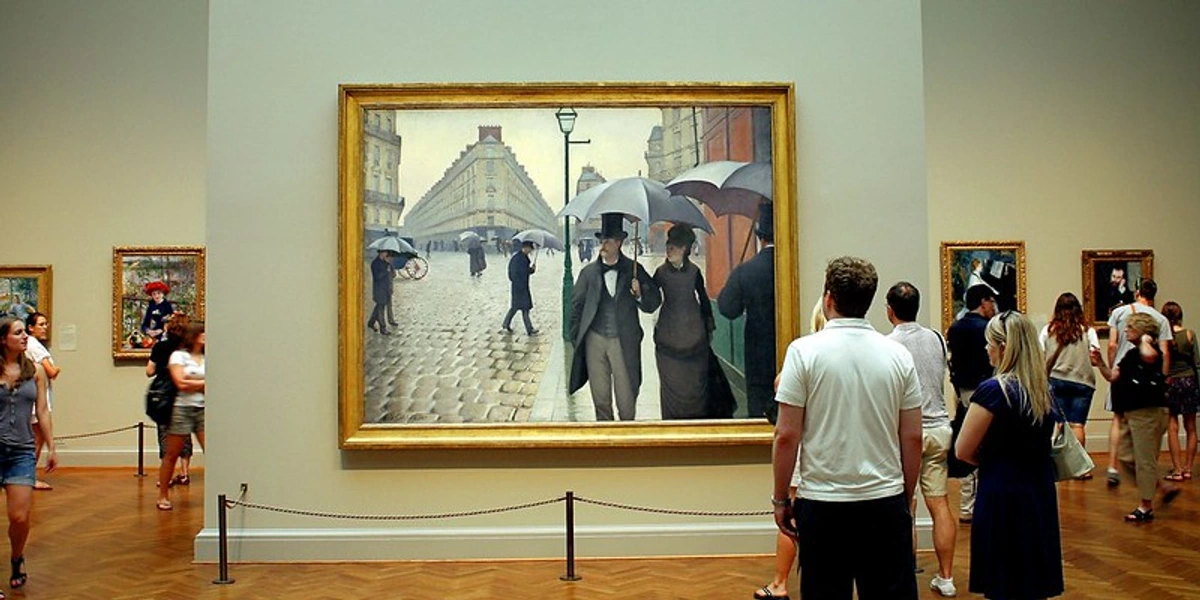
3. The Moment of Truth: Considering a Purchase
You've seen something. It's speaking to you. Your heart flutters. Maybe it's a vibrant abstract piece that reminds you of my own work, or perhaps something completely different. Now what?
- Trust Your Gut (Mostly): Does the piece resonate deeply? Can you imagine living with it? This personal connection is paramount. Art is subjective; buy what you love. But back that gut feeling up with a little practical thinking.
- Ask the Right Questions: Now's the time for due diligence. Confirm the price (is VAT/sales tax included? What currency is it in, especially at international fairs?). Is framing included or extra? What's the work's provenance (its history of ownership – vital for secondary market pieces)? Can they provide a condition report for older works? Ask about the artist: Are they established or emerging? What's their exhibition history? Understanding their journey (like an artist's timeline) adds context. Doing artist research beforehand is even better.
- Price Context & Comparison: Is the price fair? This requires research. Use your phone (discreetly) to check platforms like Artsy or Artnet for comparable works by the same artist (similar size, medium, year). You can also ask the gallerist how they arrived at the price. Is it primary market (first sale from the gallery) or secondary market (resale)? Prices differ significantly between the two. The primary market is where a work is sold for the first time, usually directly from the artist's studio or their representing gallery. The price is set by the gallery in consultation with the artist. The secondary market involves the resale of art that has already been owned by a collector. This happens through auctions, private sales, or galleries specializing in resale. Prices here are influenced by auction results, market demand, and the work's provenance and condition. Understanding which market you're in is key to evaluating the price. Our guide on navigating the secondary art market explains more.
- Consider the Space: Before committing, take a moment to visualize the piece in your home. Where would it go? Does it fit the wall space? Does its style, color, and scale complement your existing decor and other art? An amazing piece at the fair might feel out of place once you get it home if you haven't thought about its final destination. Our guides on decorating your home or displaying art might offer some inspiration.
- The Negotiation Dance: Yes, sometimes you can negotiate, but approach it with respect and realism. Don't expect huge discounts (especially on primary market works by hot artists). A modest discount (maybe 5-15%) might be possible, particularly towards the fair's end, if you're buying multiple pieces, or if you're a known collector. Frame it politely: "Is there any flexibility on the price?" or "Would you consider a price of X?". Sometimes, simply expressing serious interest and asking about options for collectors can open the door. Galleries have significant costs (booth rental, shipping, staff), so don't lowball offensively. Building a relationship with the gallery, even a brief one at the fair, can also help.
- Sleep On It? (Maybe): Impulse buys can be thrilling, but for significant purchases, taking a night to think can be wise. However, be aware that desirable works at fairs can sell fast. If you truly love it and it fits your budget, delaying might mean disappointment. Gauge the interest level from others if you can. If you decide to wait, make sure you have the gallery's contact information.

4. Sealing the Deal: Purchase & Logistics
Congratulations! You've decided to acquire a piece. Now for the practicalities. This is where you shift from admirer to owner, and getting the details right is key.
- Confirm Everything: Reiterate the final price, including any agreed discount and tax. Clarify payment terms (deposit? full payment upfront?). Establish the timeline for delivery or collection. Double-check the currency if it's an international fair – you don't want any surprises there.
- Payment Methods: Most galleries accept major credit cards or bank transfers. Ask about their preferred method.
- Shipping & Insurance: This is critical. Who arranges and pays for shipping and insurance in transit? Usually, it's the buyer's responsibility, but the gallery often facilitates it through their preferred shippers. Get quotes if possible. Ensure adequate insurance coverage. Get tracking information once it ships. If collecting in person, arrange a specific date and time. Don't underestimate the cost and complexity of getting a large or fragile artwork safely home.
- Essential Documentation: Don't leave without the paperwork! You absolutely need:
- Detailed Invoice: Showing artist name, title, year, medium, dimensions, edition number (if applicable), price paid, gallery details, and your details.
- Certificate of Authenticity (CoA): Especially crucial for unique works, limited editions, and photographs. It should ideally be signed by the artist or an authorized gallery representative. This verifies the artwork's legitimacy. Why is it so vital? Beyond proving it's real, a CoA is essential for insurance purposes, future resale (collectors and auction houses will demand it), and establishing the work's place within the artist's oeuvre. Think of it as the artwork's birth certificate and passport combined. Not sure about art terms? Our art jargon glossary might help.
5. Common Art Fair Pitfalls (What Not to Do)
We all make mistakes, but here are a few to actively avoid. Learning from others' missteps (and my own!) can save you time, money, and frustration.
- Going In Blind: Not doing any research beforehand makes the experience far more overwhelming and less productive. You wouldn't go grocery shopping without a list, right? (Okay, maybe you would, but art fairs are a bit higher stakes!)
- Being Afraid to Talk: Gallerists expect interaction. Don't miss the chance to learn more because you're shy. The worst they can do is be busy, and then you just move on.
- Buying Under Pressure: Don't let a persuasive salesperson or the fear of missing out (FOMO) push you into a purchase you're unsure about or can't afford. That piece you bought in a panic might lose its shine once the fair lights are off.
- Ignoring Logistics: Forgetting to clarify shipping, tax, and framing costs can lead to unpleasant surprises later. These can add a significant percentage to the final price.
- Skipping the Paperwork: Not getting a proper invoice and CoA can cause major issues later, especially for resale or insurance. This is non-negotiable.
- Trying to See Everything: It's impossible and exhausting. Be selective, focus on what interests you most. You'll have a much richer experience seeing a few booths properly than sprinting past hundreds.
- Only Looking, Not Engaging: The art is the star, but the people – the gallerists, sometimes the artists, other collectors – are part of the ecosystem. Engaging in conversation can provide invaluable insights and connections. Don't just be a passive observer.
- Neglecting to Follow Up: If you expressed interest in a piece but didn't buy it on the spot, follow up with the gallery shortly after the fair. They deal with hundreds of people; a polite email reminds them of your conversation and interest. That piece might still be available, or they might have something similar to show you.
Art Fair Buyer Checklist: Revisited
Here’s a slightly enhanced checklist to keep you on track. Tick these off as you go!
Phase | Key Action | Notes / Status |
|---|---|---|
| Before | Research fair focus, galleries, artists. Set budget (+ extras). Map? Understand fair type. | Comfy shoes on? Preview access secured? Booths circled? |
| During | Initial sweep. Take notes/photos (ask!). Engage galleries politely. Etiquette! Look closely (medium specifics!). Pace! | Ask Qs (artist, work, price context). Observe gallerists. Breaks scheduled? |
| Considering | Trust gut. Ask: Price (inc. tax, currency?), frame?, provenance?, condition? Primary/Secondary market clear? | Research comps. Visualize in home. Negotiate respectfully? Sleep on it? |
| Purchase | Confirm final price, terms. Arrange/clarify shipping & insurance. Pay. | Get Invoice & CoA! Confirm delivery/collection timeline. |
| After | Follow up on shipping. Arrange installation/framing. Care for your art. Enjoy! | Email galleries if interested in pieces you didn't buy. Plan your next visit! |
Frequently Asked Questions (FAQ) - Art Fair Edition
Let's tackle some common queries that might still be buzzing in your head.
Q1: Is it really okay to negotiate the price? A: Sometimes, yes, but tread carefully and respectfully. It's more common towards the end of the fair, if buying multiple pieces, or for secondary market works. Don't expect massive discounts (5-15% might be achievable). Understand the gallery's position – they have significant costs. Being polite and expressing genuine interest goes a long way. You can ask, "Is there any flexibility on the price?" or inquire about collector discounts if you're a returning client or buying multiple works.
Q2: How do I really know if the price is fair? A: Research is key! Use online databases (Artsy, Artnet), gallery websites, and auction records to find comparable sales for the artist (similar size, year, medium). Ask the gallery to explain the pricing – factors include artist reputation, materials, size, provenance, exhibition history, and market demand. Check our guide on understanding art prices. It's about building an informed perspective, not just accepting the tag.
Q3: Primary vs. Secondary Market – what's the difference again? A: Primary Market: The first sale of a brand new artwork, usually directly from the artist's representing gallery. The price is set by the gallery and artist. Secondary Market: Artwork being resold after its initial purchase (by collectors, at auction, through galleries specializing in resales). Provenance (ownership history) and condition are super critical in the secondary market, and prices are often influenced by auction results and market trends. Learn more about navigating the secondary art market.
Q4: I'm totally new to this. Help! A: You're in the right place! Art fairs are fantastic learning environments. Focus on looking, listening, and asking questions. Don't feel pressured to buy. Trust what you're drawn to visually and emotionally. Consider starting with prints (check our guide to buying art prints) or works by emerging artists, which often have more accessible price points. Our beginner's guide to buying art is also a great resource. Just being there is a huge step!
Q5: How vital is that Certificate of Authenticity (CoA)? A: Extremely important, especially for unique works, limited editions, photos, and anything on the secondary market. It's your proof the work is genuine. Ensure it's issued by a credible source – ideally the artist themselves or the primary representing gallery. Keep it safe! It's crucial for insurance, future valuation, and resale. Without it, proving the work's legitimacy can be very difficult.
Q6: What's the deal with art fair etiquette? Am I going to embarrass myself? A: Relax! Just be respectful. Don't touch, ask before snapping close-ups, don't hog the gallerist if it's busy, avoid loud negativity, and keep food/drinks away from the art. Basic courtesy goes a long way. Everyone feels a bit awkward at first; you're not alone.
Q7: Preview days seem exclusive. Are they worth the extra cost/effort if I can get access? A: Often, yes. You get a calmer environment, better access to gallerists for meaningful conversations, and the first look at the works before the main crowds arrive. If you're serious about buying, it can be a distinct advantage. It's where the most sought-after pieces often sell.
Q8: It's so crowded! How do I cope? A: Go early or late to avoid peak times. Take frequent breaks outside the main halls. Focus on your pre-researched booths first. Don't try to see absolutely everything. Remember, it's okay to feel a bit overwhelmed – just breathe! Find a quiet corner, look at your notes, and regroup.
Q9: Can I bring my kids? How do I navigate a fair with family? A: You absolutely can, but it requires planning. Check the fair's policy on children (some have age restrictions or specific family days). Go during less crowded times (early morning is often best). Set expectations with your kids – explain that it's a place to look, not touch, and that they need to stay close. Bring snacks and plan for shorter visits or breaks. Focus on booths with visually engaging art. It can be a great way to introduce them to art, but be realistic about how long they'll last before needing a break or getting restless.
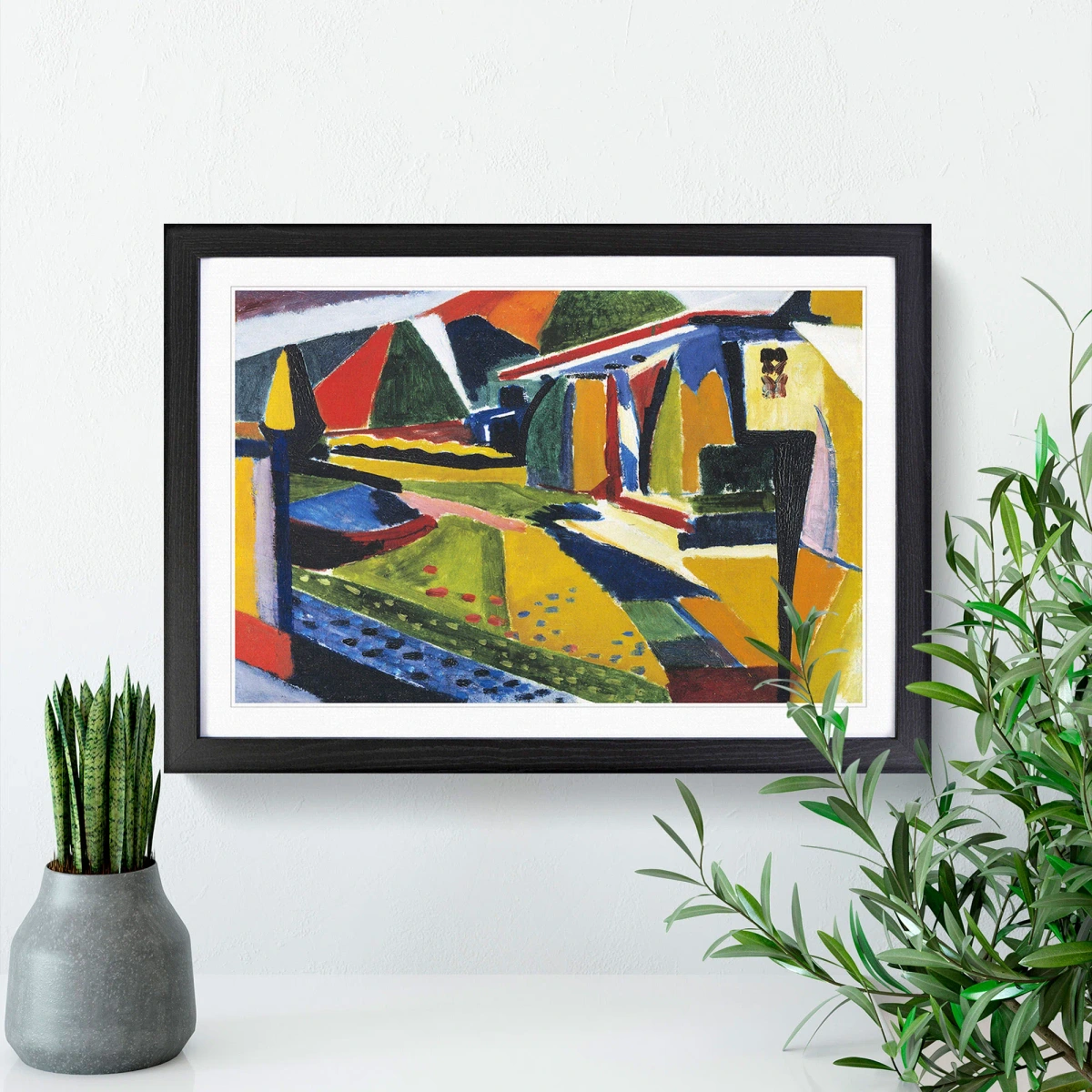
Visiting Just to Look? Absolutely!
Even if buying isn't on your radar right now, visiting an art fair is incredibly valuable. It's a chance to immerse yourself in the current art scene, see what artists and galleries are doing, learn about trends, and simply be inspired. It's like visiting a dozen museums and galleries all at once. You might discover artists to follow online, learn more about different mediums, or just spend a few hours surrounded by incredible creativity. It's an education and an inspiration, even without a purchase.
Conclusion: Enjoy the Art-venture!
Visiting an art fair as a potential buyer should be exciting, not terrifying. Yes, it requires some effort and strategic thinking, but the potential rewards – discovering art you love, connecting with galleries and artists, and building a collection that reflects you – are immense. That piece you find, the one that stops you in your tracks amidst the visual noise, can become a lasting part of your life, a daily reminder of that moment of discovery and connection.
Think of it as an adventure. Arm yourself with knowledge (and comfortable shoes!), engage your curiosity, trust your instincts (backed by due diligence), and don't be afraid to ask questions. Whether you leave with a masterpiece, a promising piece from an emerging artist, or just a head full of inspiration and a longer wish list, the experience itself is valuable. Perhaps you'll even find something as vibrant and unique as the pieces available right here on our site. Go forth and explore!




